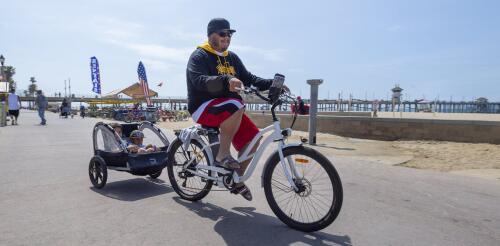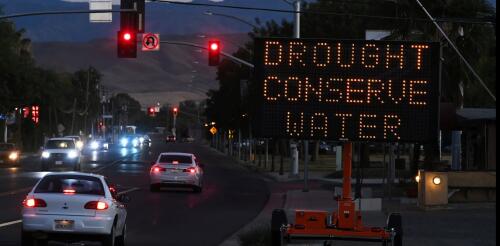Incentives
E-bikes have captured widespread attention across the U.S., and for good reason. They are the most energy-efficient way to move from place to place, providing exercise in the process, and offer enough assistance while pedaling uphill or into headwinds to make them usable for many types of riders. Greenhouse gas emissions from e-bikes are much lower than those from either gasoline-powered or electric cars. Some cities and states are encouraging the use of e-bikes by providing purchase incentives, often drawing on public funds dedicated to curbing climate change. Currently, over 100 cities and states have or plan to launch e-bike incentive programs, most funded by energy or environment initiatives. However, there has been little research on the effectiveness of these types of programs, how to design them or how to define goals. We study transportation from many angles, including innovation, sustainability and economics. Our new study, published in the journal Transportation Res...
Even after heavy snow and rainfall in January, western states still face an ongoing drought risk that is likely to grow worse thanks to climate change. A whopping snowpack is good news, but it doesn’t reduce the need for long-term planning. Confronted with a shrinking supply of water for agriculture, industry and residential uses, water agencies have pursued different strategies to encourage water conservation. They have nudged customers to reduce water use, limited outdoor watering and offered incentives to rip out lawns. On the supply side, there are innovative ideas about using heavy rains to recharge groundwater. Basic economics teaches us that a higher price for water would encourage conservation. Up until now, however, concerns about harming low-income households have limited discussions about raising water prices to reduce demand. We know that it’s hard to pay more for essential goods such as food, energy and water, especially for lower-income households. R...

